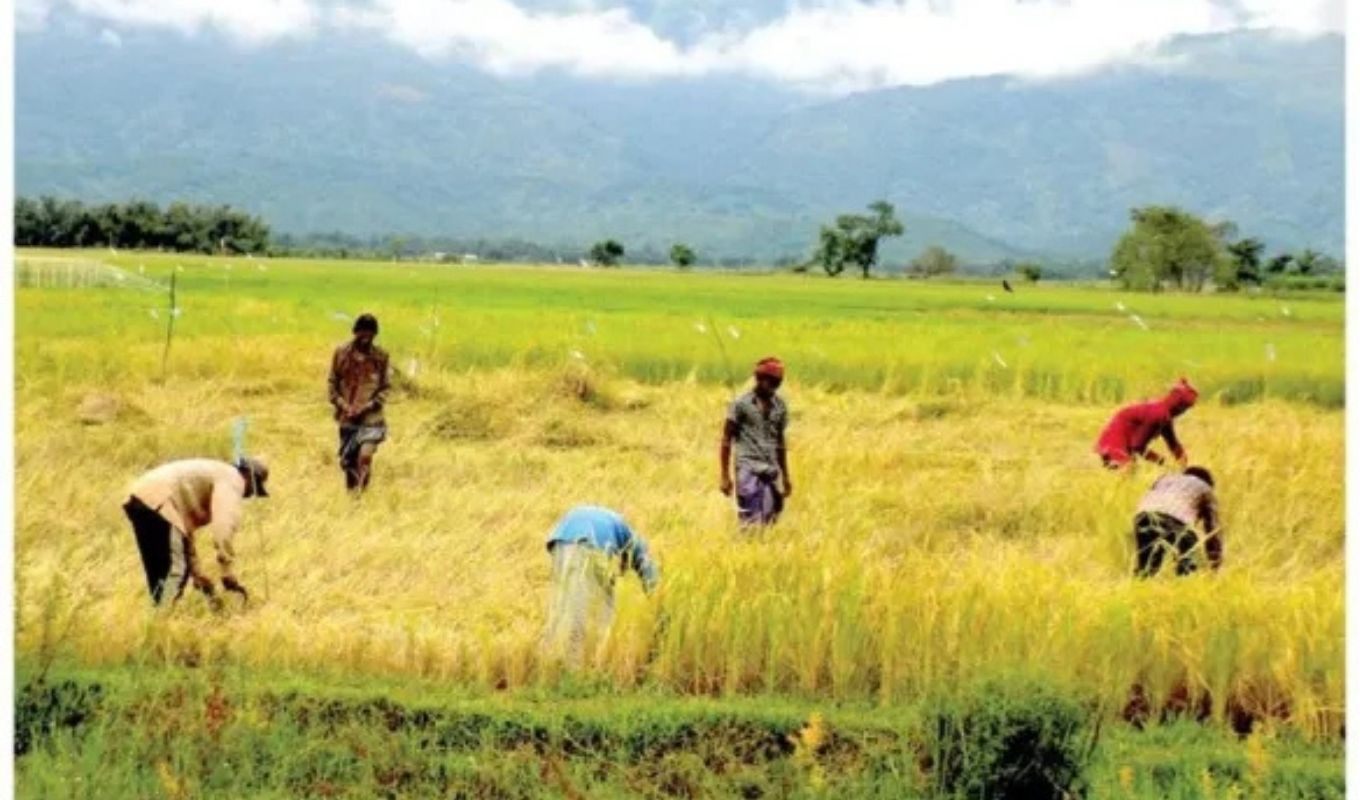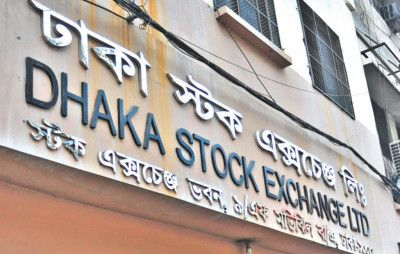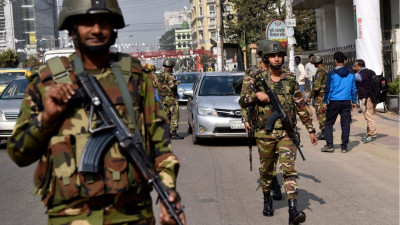Khaborwala online desk
Published: 16 Nov 2025, 11:43 am

Bangladesh, a land shaped by rivers and enriched with fertile soil, has been an agricultural nation for thousands of years. Agriculture here is not merely a means of producing food; it embodies culture, identity, economic strength and the enduring spirit of its people. In recognition of this heritage, the first day of Agrahayan—traditionally celebrated as Nabanna—was declared National Agriculture Day in 2008. The day now symbolises respect for farmers, acknowledgement of achievements and a national commitment to future agricultural progress.
During the Mughal period, agriculture was the backbone of the regional economy. But British rule and the zamindari system led to exploitation and decline. After independence, Bangladesh inherited an agricultural landscape devastated by famine, poverty and low productivity. The government’s guiding philosophy—“Agriculture will be the foundation of development”—marked the beginning of deliberate and structured agricultural reform.
To modernise and expand research, the government established several key institutions:
Bangladesh Agricultural Research Council
Bangladesh Agricultural Research Institute
Bangladesh Rice Research Institute
Bangladesh Agricultural University
These organisations have driven research, innovation and extension services, laying the groundwork for agricultural transformation.
Since the 1980s, Bangladesh has witnessed dramatic improvements in rice, wheat, vegetable and fruit production. Bangladesh Rice Research Institute alone has developed over 120 high-yielding varieties, many of which are resistant to—
salinity
drought
floods
These innovations have enabled cultivation in challenging areas, helping Bangladesh transition into a rice self-sufficient nation.
Vegetable and fruit development has also expanded, turning many crops into competitive export commodities.
Agricultural mechanisation has reshaped rural labour and productivity. Today, nearly 90% of arable land is cultivated using—
tractors
power tillers
And harvesting processes increasingly rely on—
combined harvesters
reaper machines
This shift has reduced labour costs, saved time and boosted overall efficiency—quietly enabling a revolution across rural Bangladesh.
Bangladesh's agricultural sector is rapidly integrating technology:
Farmers now access—
crop disease diagnosis
market prices
weather updates
government support services
through mobile phones.
Drone-based imaging, satellite monitoring and remote sensing are being used for soil and crop analysis. Artificial intelligence is helping detect crop diseases, optimise fertiliser and water use and forecast market trends. Bangladesh is gradually stepping into Agriculture 4.0.
Women are now indispensable across the agricultural chain—seed sowing, planting, harvesting, processing and marketing.
Youth entrepreneurs, meanwhile, are pioneering—
e-commerce-based agricultural trading
hydroponic farming
smart agripreneurship
Climate change poses severe threats to agriculture. Bangladesh has developed a Climate-Smart Agriculture Model that focuses on productivity, resilience and environmental sustainability.
Examples include:
saline-resistant rice in coastal belts
floating gardens in flood-prone regions
solar-powered irrigation and drip irrigation in dry zones
These models have gained international recognition, though challenges remain—shrinking farmland, rising production costs and predictions that 30% of agricultural land may face climate risk by 2050.
Although nearly 40% of Bangladesh’s workforce is engaged in agriculture, the sector contributes only 13–14% to GDP.
This exposes a deep economic disparity: farmers’ labour does not reflect in their income. Middlemen-dominated supply chains further deprive them of fair prices. Poor storage and processing systems cause 25–30% post-harvest losses annually.
The future of Bangladesh’s agriculture lies in:
precision farming
AI-driven policy and management
smart greenhouses
bioinformatics
farmer-to-consumer direct marketing chains
Bangladesh’s progress towards food security and economic stability is driven by the hard work of millions of farmers. Ensuring their dignity, safety and fair income must be a national priority.
The central pledge of National Agriculture Day 2025 should be the creation of a sustainable, technology-driven and farmer-friendly agricultural system.
Khaborwala/SJ

Fatema Akter, a 45-year-old assistant teacher who was injured during a teachers’ rally demanding the...

Amid heightened political tension surrounding the verdict in the first case against former Prime Min...

Bangladesh’s capital market continues to plunge as relentless price falls show no sign of stabilisin...

Bangladesh has been placed under an undeclared nationwide high alert as security agencies tighten th...

Bangladeshi model and actress Tanzia Zaman Methila has proudly carried her nation’s flag on the glob...

Dhaka, Sunday: Renowned Bangladeshi actress and model Mehazabien Chowdhury has been granted bail aft...

Bangladesh opener Saif Hassan is set to represent the Aspin Stallions in the upcoming Abu Dhabi T10...

Bangladesh wicketkeeper-batter Mushfiqur Rahim is set to carve his name into cricketing history as t...

The recent tension between Bangladesh’s cricket and football governing bodies reached a new height w...

The upcoming Abu Dhabi T10 League has become even more intriguing for Bangladeshi fans, as another n...

Chief Election Commissioner (CEC) A M M Nasir Uddin has stated that the Election Commission will not...

BNP leader Advocate Fazlur Rahman has stated that the Islam followed by Jamaat and his personal Isla...